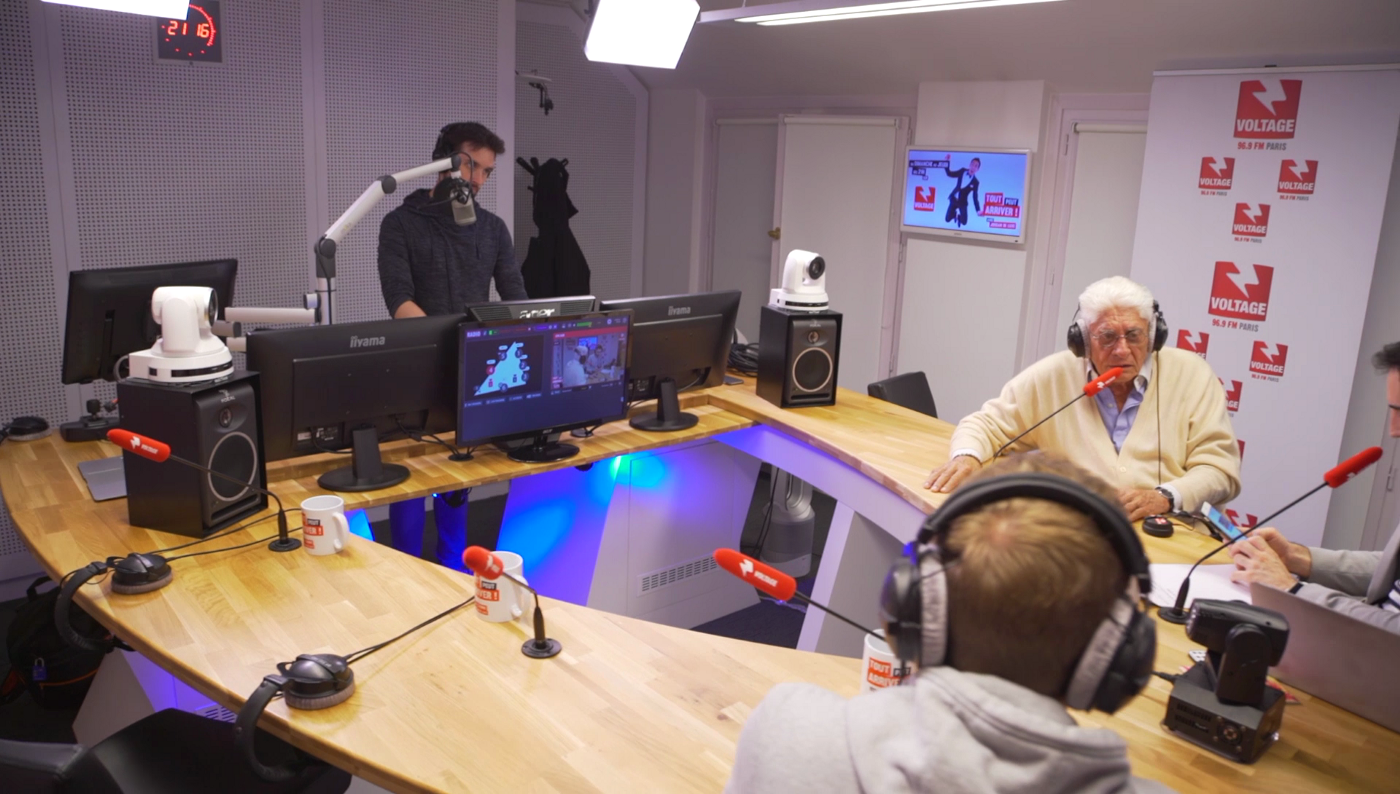Remote PTZ cams control in Video Transport

Since recently, our Video Transport solution supports remote control of PTZ cameras, which seem to be getting some solid traction these days.
Pan-tilt-zoom cameras “were regarded as being low quality and not suitable for professional use,” writes Adrian Pennington in a piece on Broadcast Bridge. “Thanks to the advances in sensor, IP technology, the introduction of fanless designs and optical image stabilisers, the balance has been tipped in favour of remote cameras as an industry standard.”
Size and install options are important factors in the adoption of PTZ, but cost and the desire to do more have probably defined the process. “Arguably the primary reason for ascendancy of demand for PTZ cameras in all production spaces is the need to do more with less,” continues Adrian. “Video technology has advanced to the point where relatively affordable PTZ cameras can deliver ‘close enough’ and even equivalent results compared to considerably more expensive studio and ENG cameras. When you add that overall cost-effectiveness with the flexibility of installation, and the ability to automate and remotely control the PTZ cameras, the benefits multiply.”
Some of our development partners have invested a lot of effort into PTZ-based solutions. Rushworks president Rush Beesley explains:
PTZ control is becoming increasingly important because it reduces labor costs, and in many cases yields quicker access to shots with more precision than an operator can provide… The most important point of difference with our integrated PTZ production systems is the level of sophistication of camera control we’ve developed over the last 19 years.
Stan Walbert, CEO at Multicam Systems, highlights that there are some areas where PTZ cameras enable a process that would not be otherwise possible at all:
The era of high-cost production and dedicated broadcast crew is over! Specially for people that need to broadcast 24/7 like a radio station. That’s why we offer fully-automated solutions based on PTZ cameras. It’s cheap, discrete and offers a dynamic production with limited or no human resources.
NDI®
The popularity of this new IP standard has lead to multiple vendors releasing PTZ cameras with NDI support: from Panasonic to PTZOptics to BirdDog to NewTek themselves.

Andrew Cross, President and CTO of NewTek:
We have seen an enormous and growing interest in PTZ cameras which fulfil an exciting promise in production, but not requiring an operator for having more angles and different content available. Importantly though, only half of this promised improvement to workflows is delivered if you still have to have traditional installations in terms of operational and installation complexity with separate cables for power, video, audio, PTZ control, tally. NDI is an IP standard and so stands as the natural way to enable PTZ cameras — by combining power-over-Ethernet, IP video, IP audio, IP-based control and tally you can add a fully controllable camera by literally plugging in a single Ethernet cable. This means that you can add entirely new views affordably and easily which is quite game changing.
While NewTek’s camera is NDI|HX, which is a lower-bandwidth version of NDI, BirdDog decided that they would build full NDI cameras to provide higher image quality and lower latency. Here’s what Eamon Drew says:
When BirdDog started development of our custom NDI chip, we always had PTZ cameras in mind. Full NDI out of a PTZ camera just makes sense — you only need one cable for power using PoE, video, audio, and control. This results in a super easy set up and fantastic picture quality.

PTZ camera control over the Internet
Support for PTZ control has been by far the most popular feature request for our Video Transport app—so we did it. We made several tests with the help of our friend Risto from Bright, a sophisticated experience provider in the Nordic area. Here’s a video that shows how we control a Panasonic NDI camera that is located miles away in Finland:
